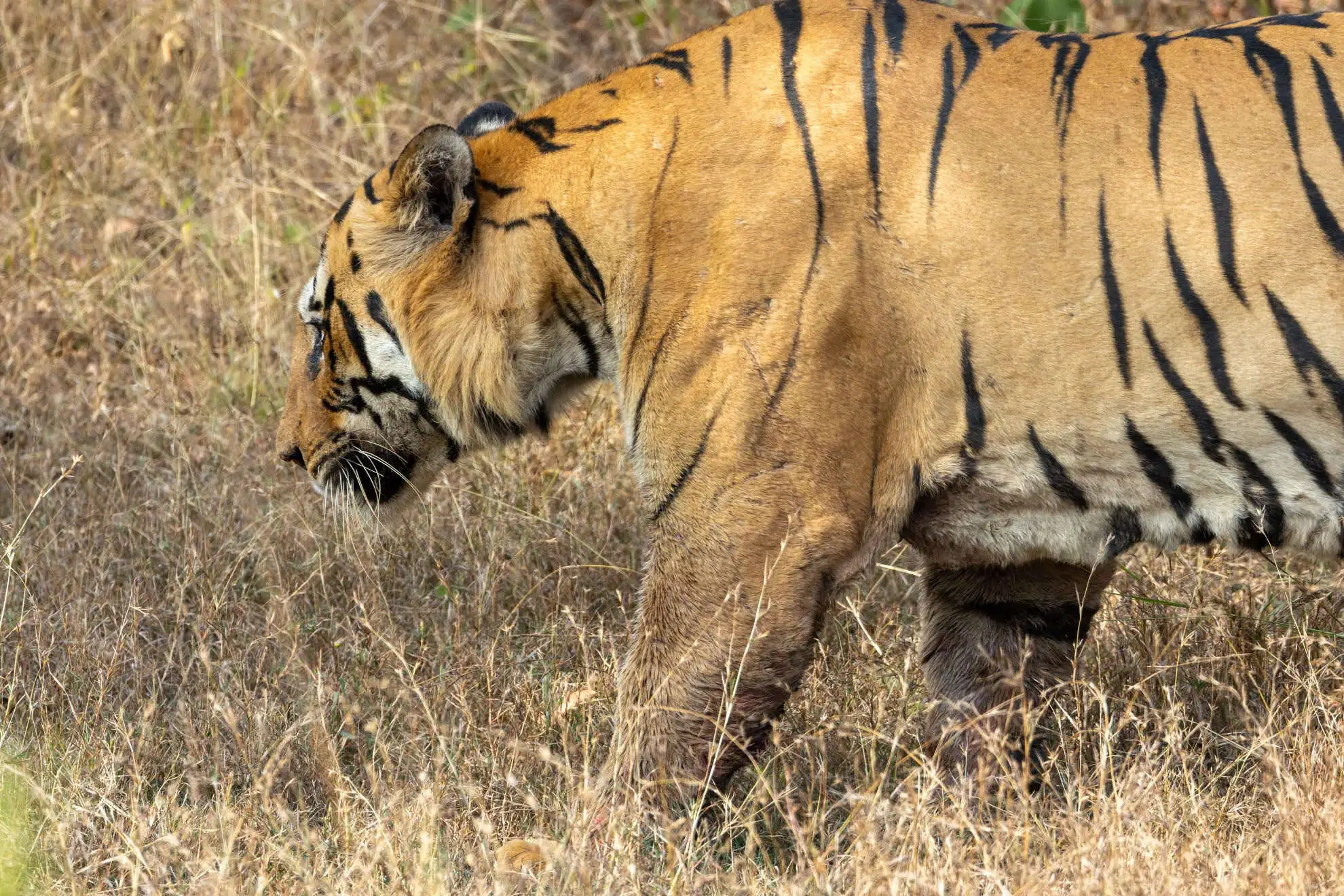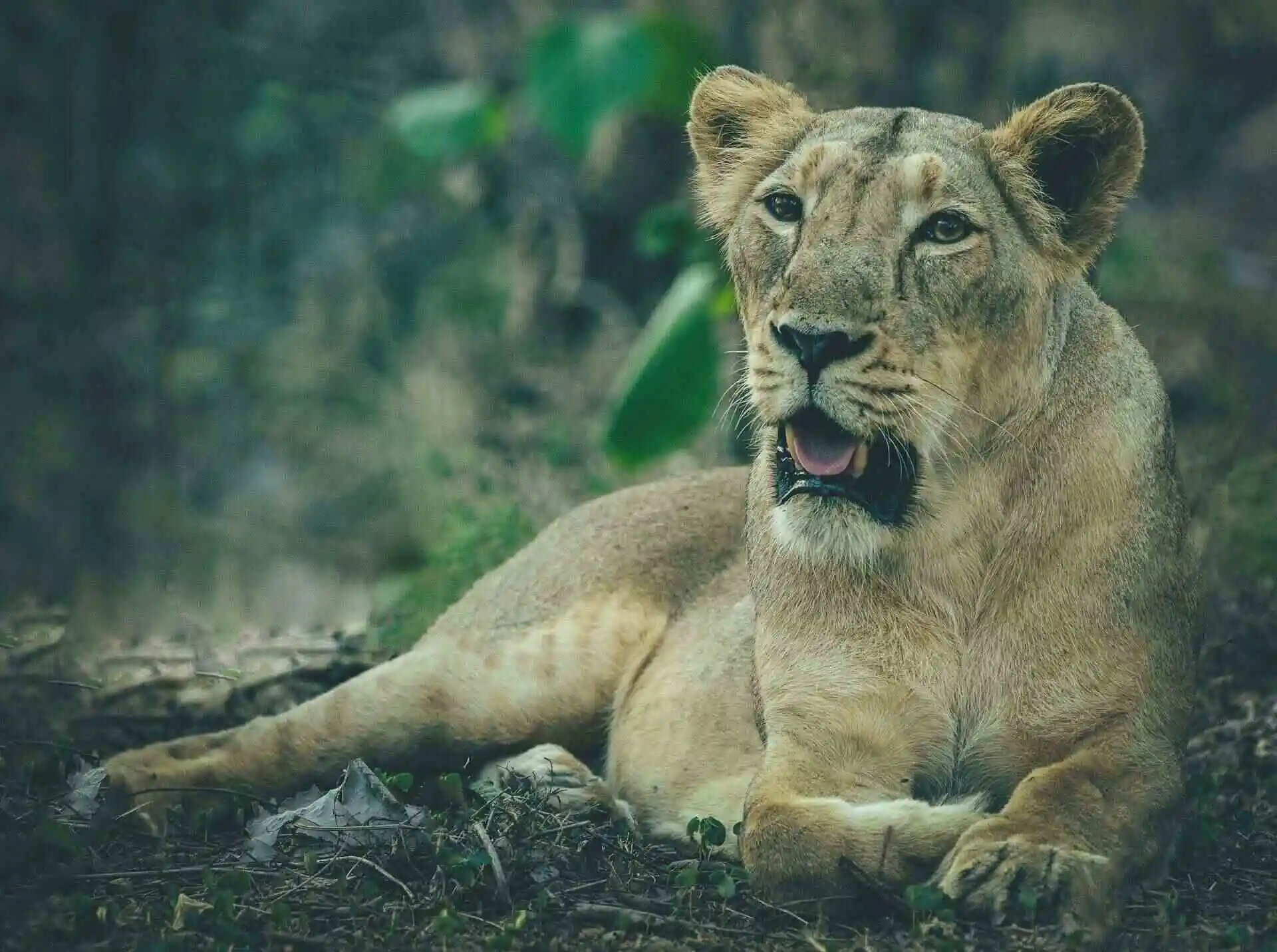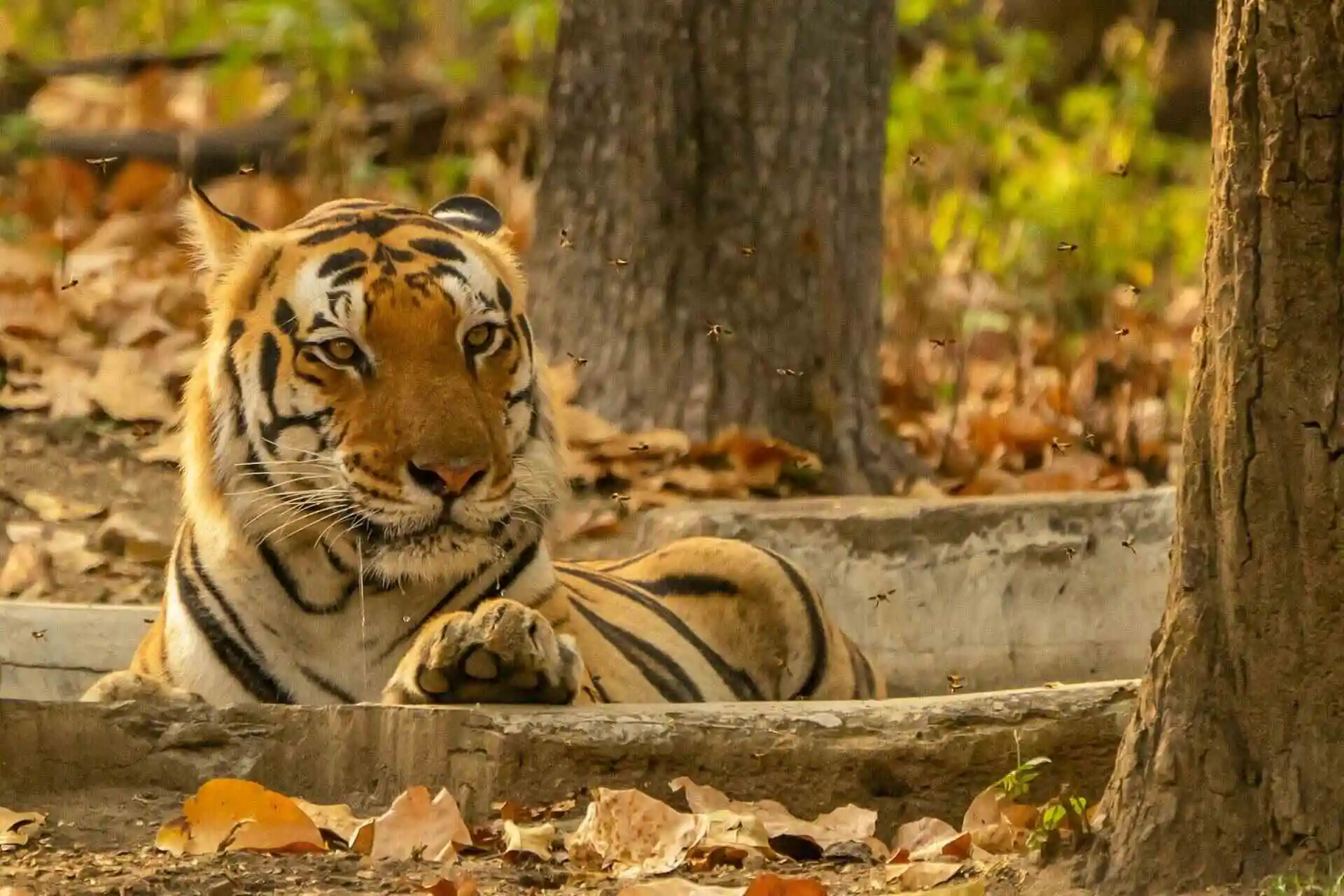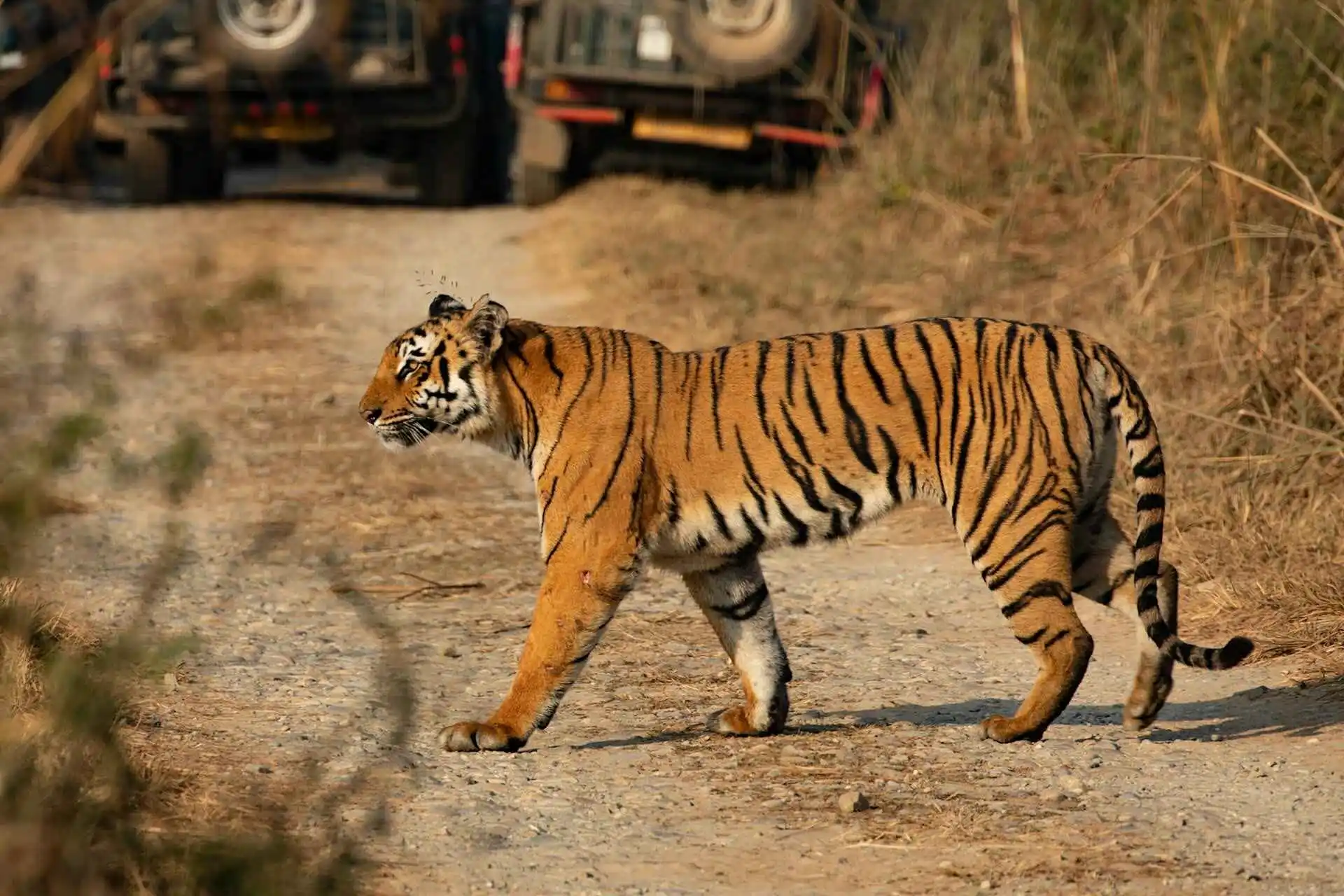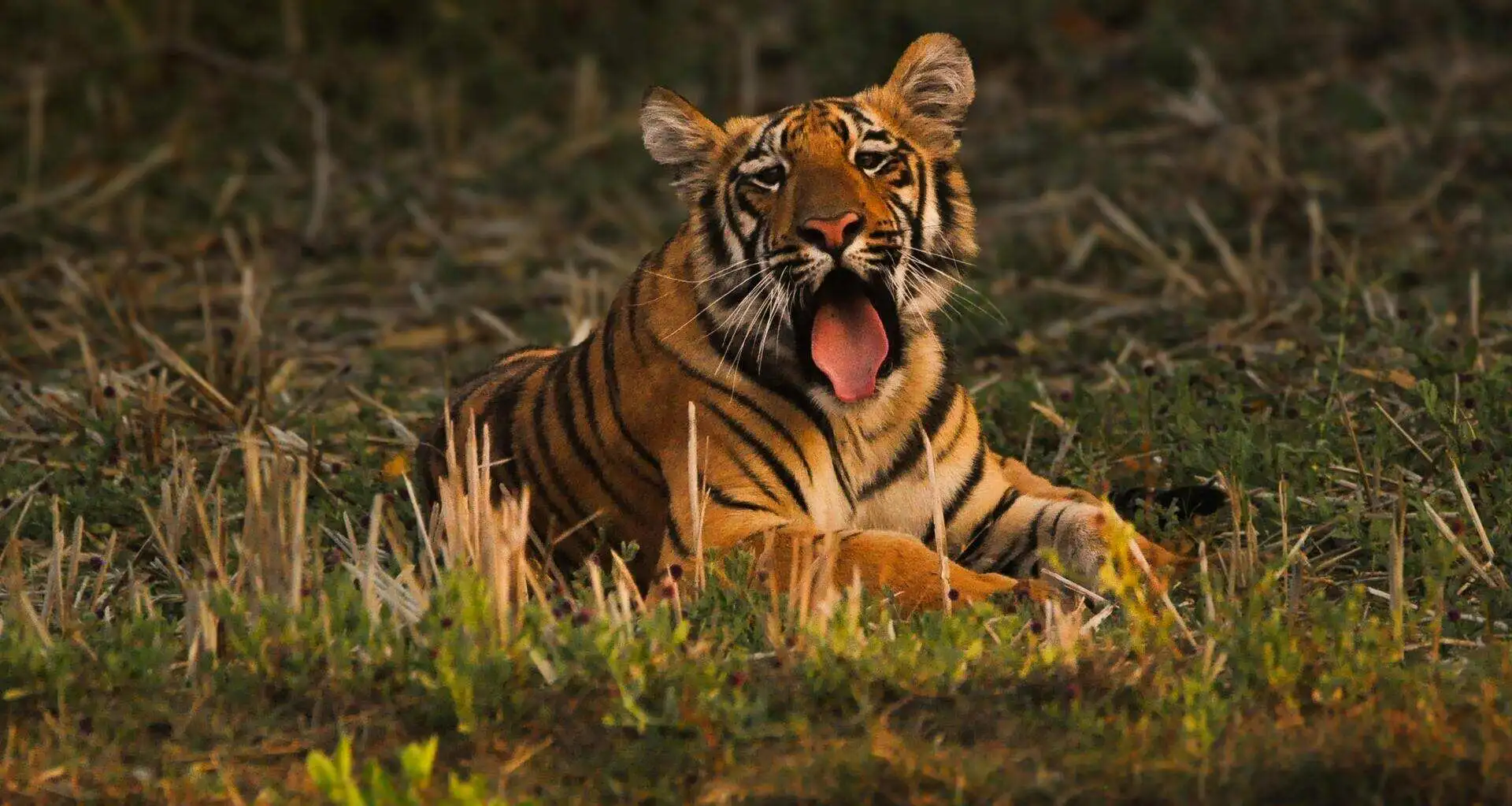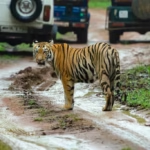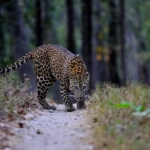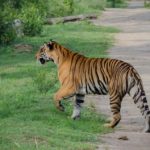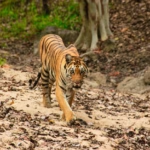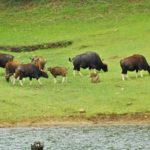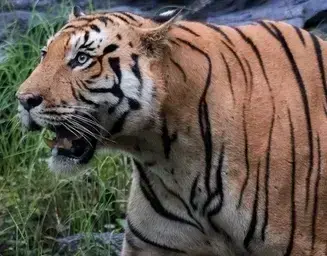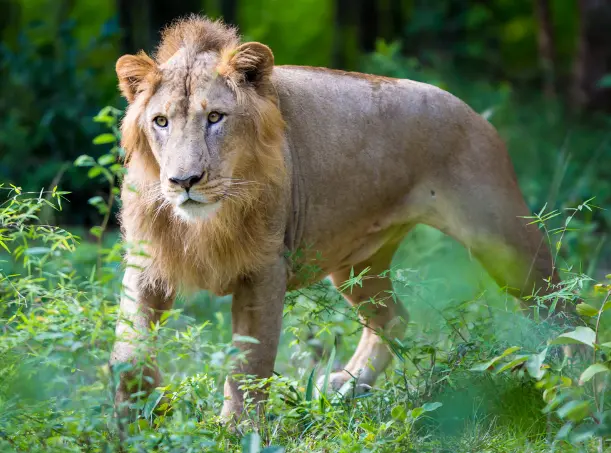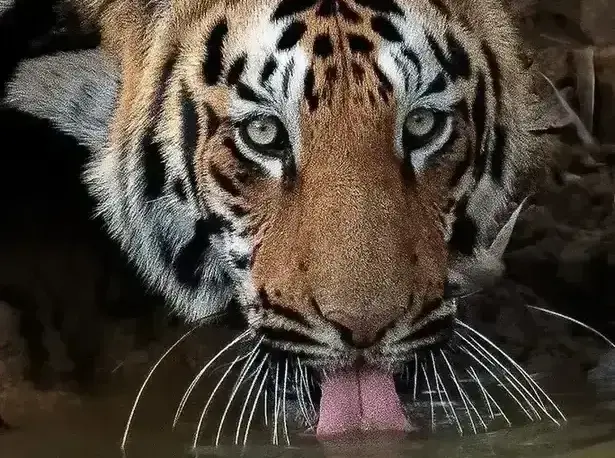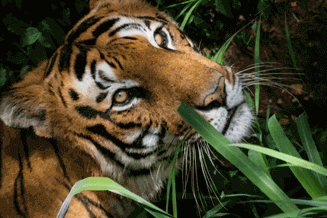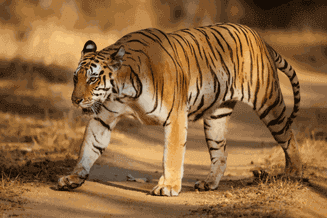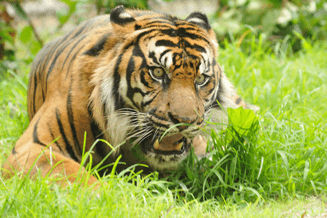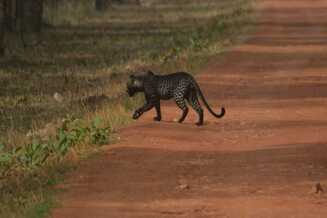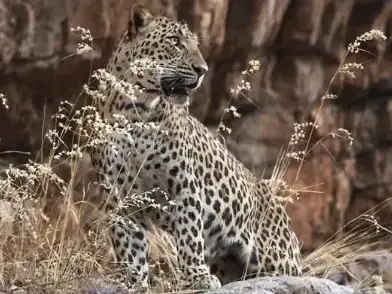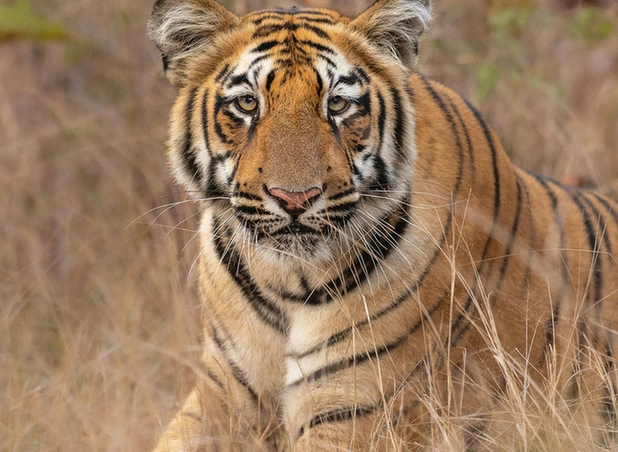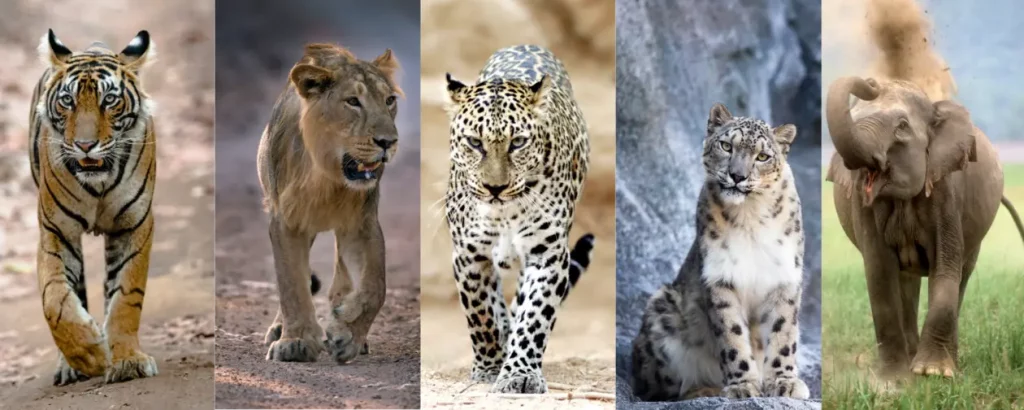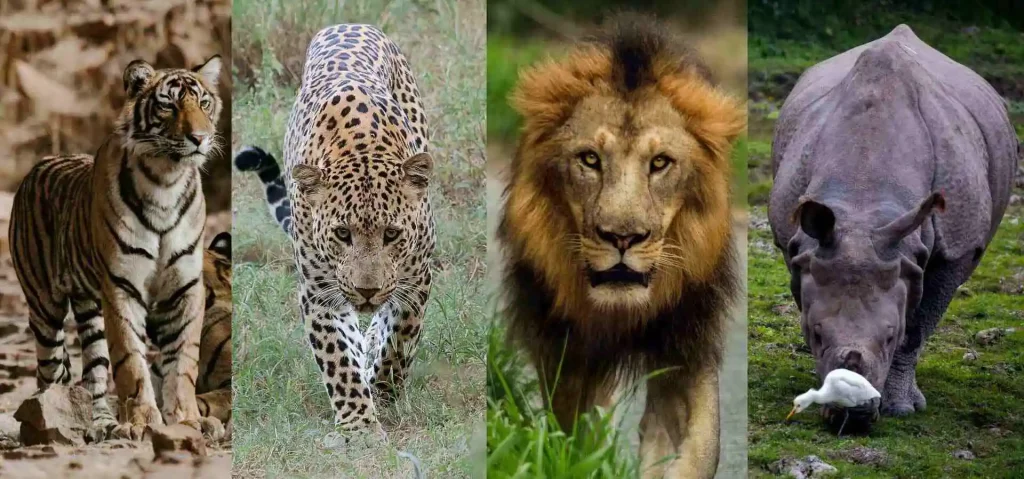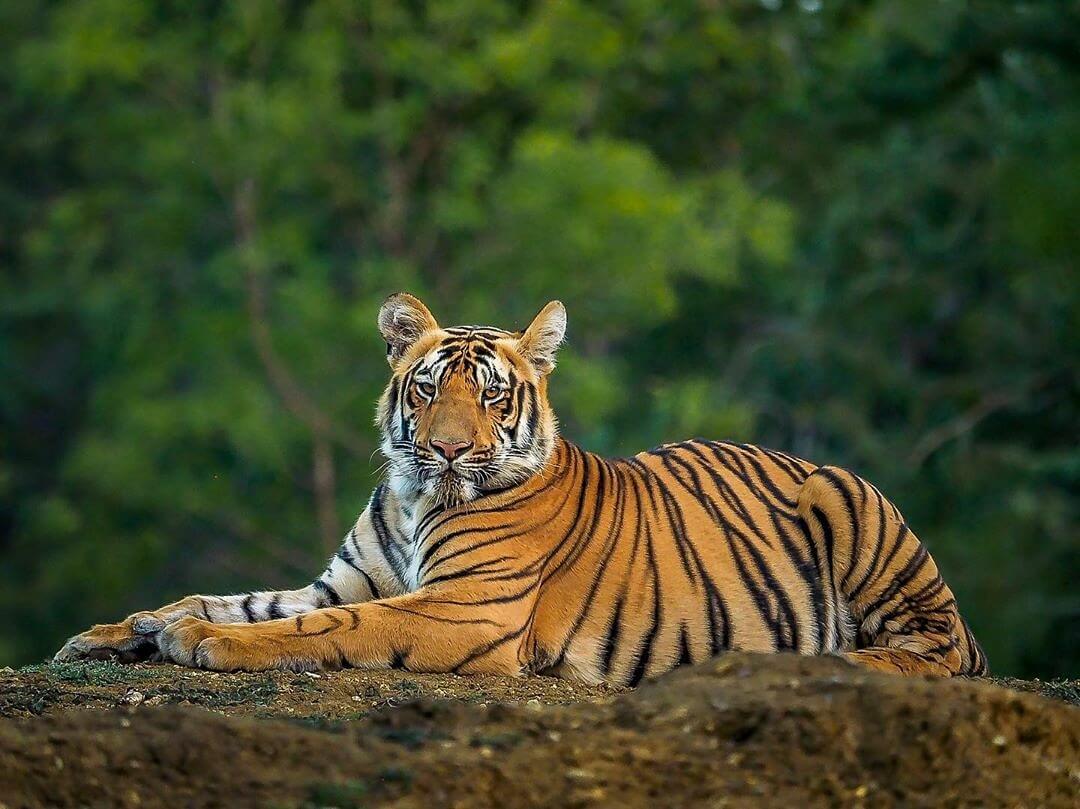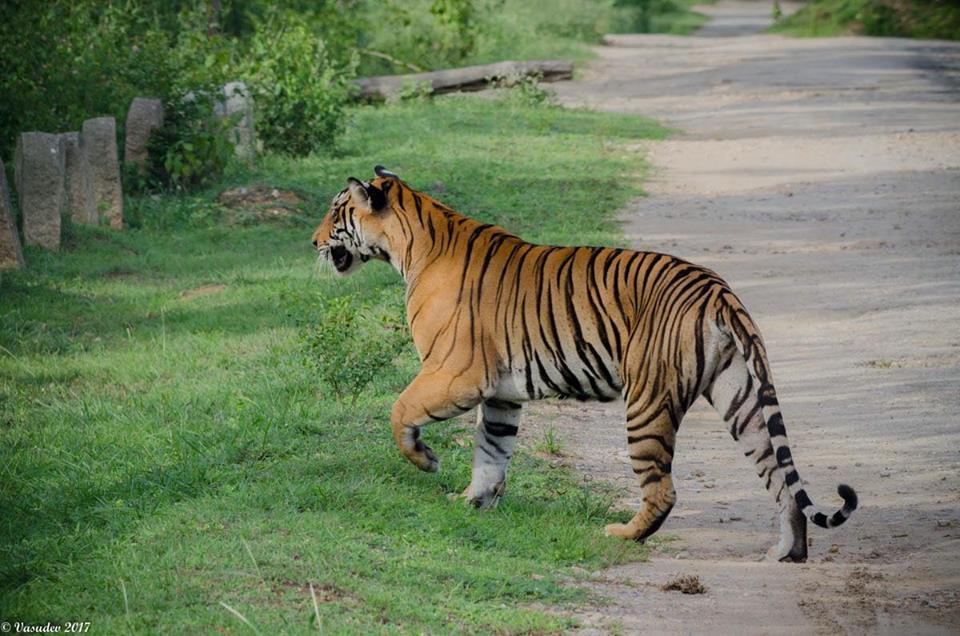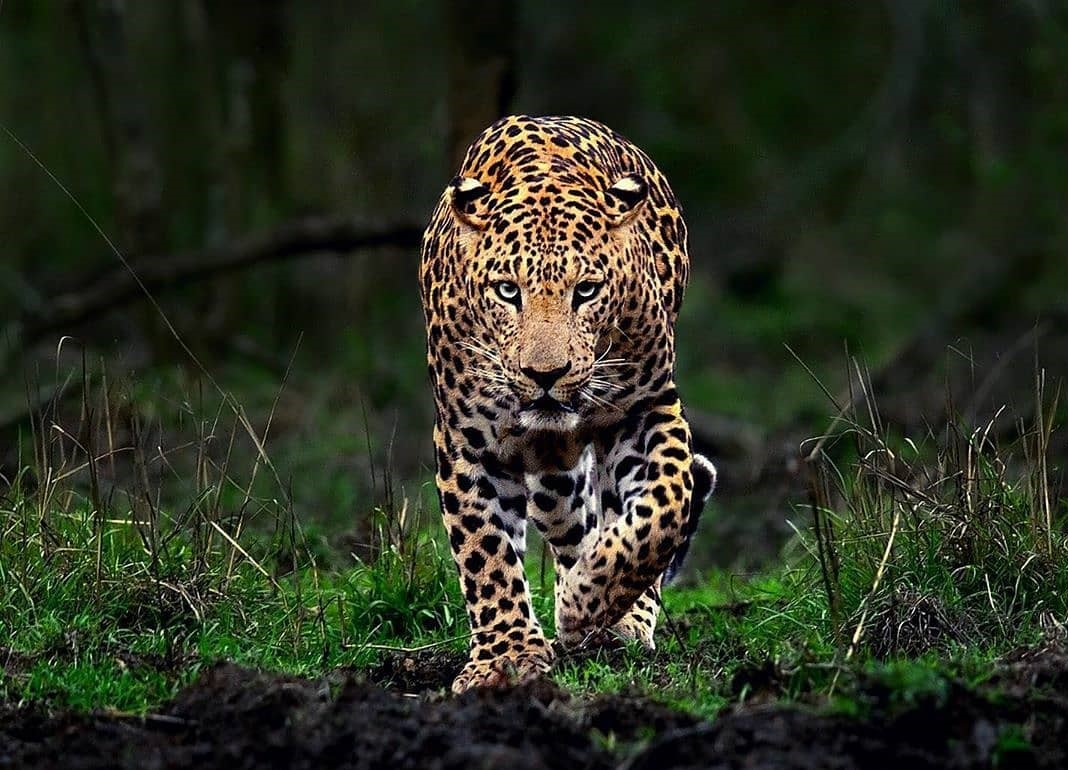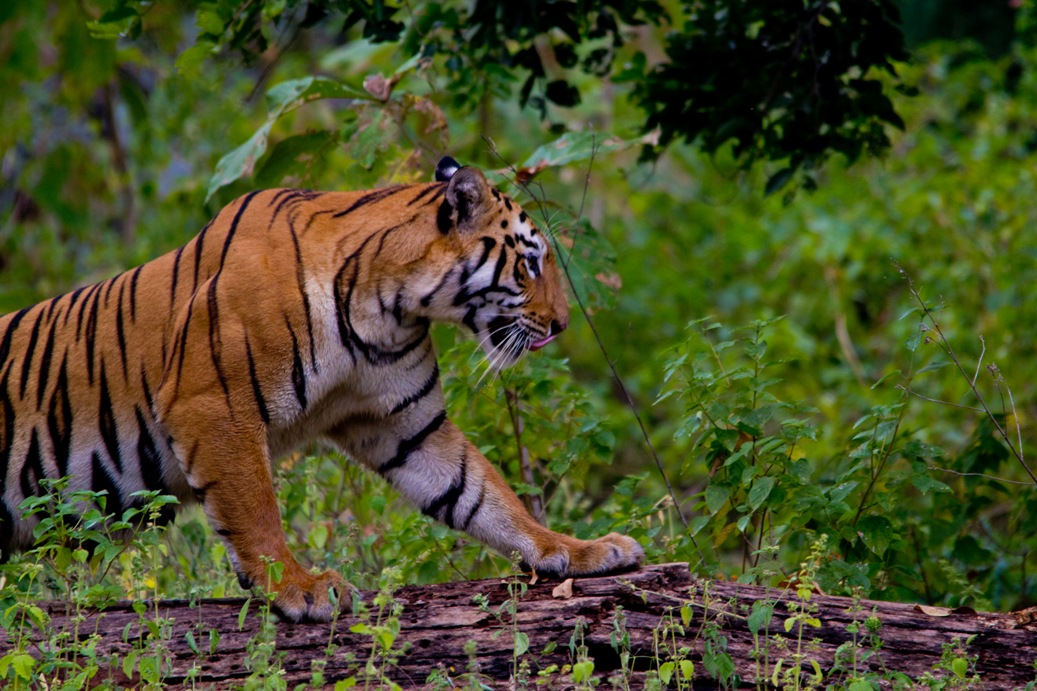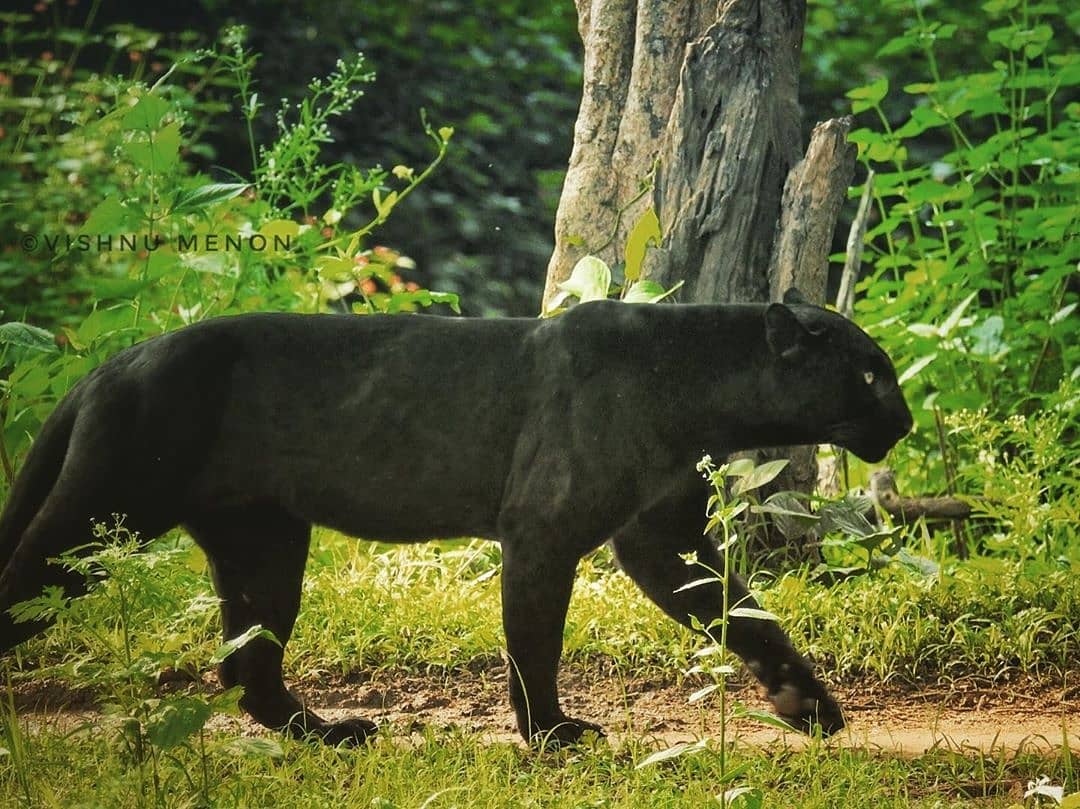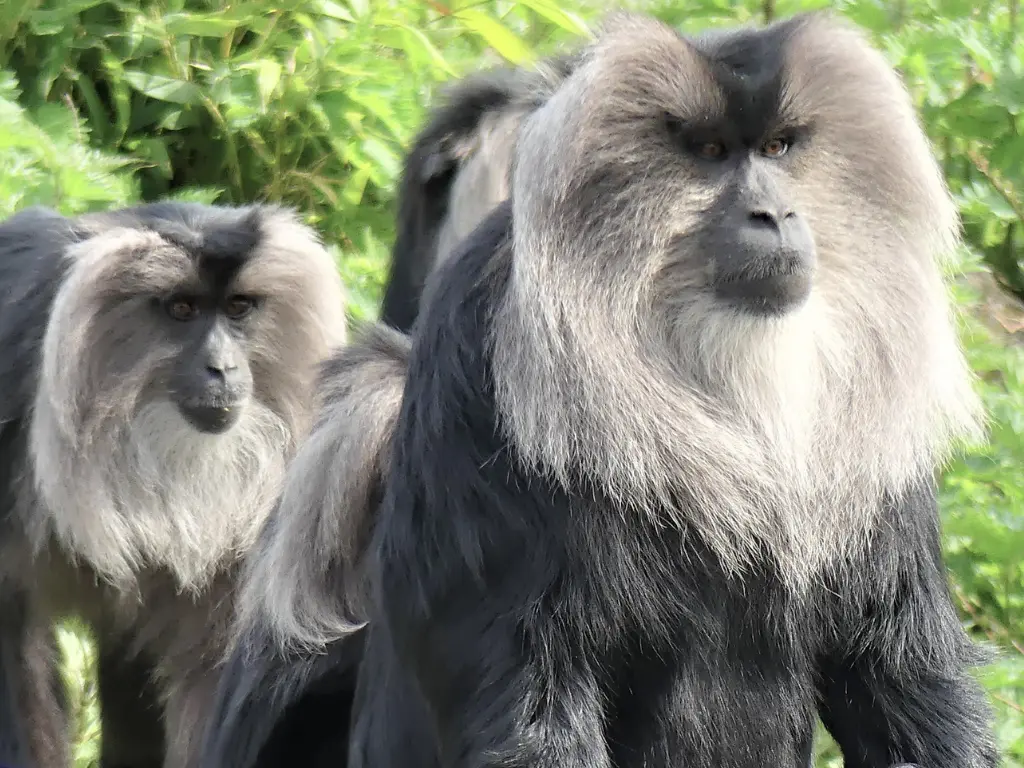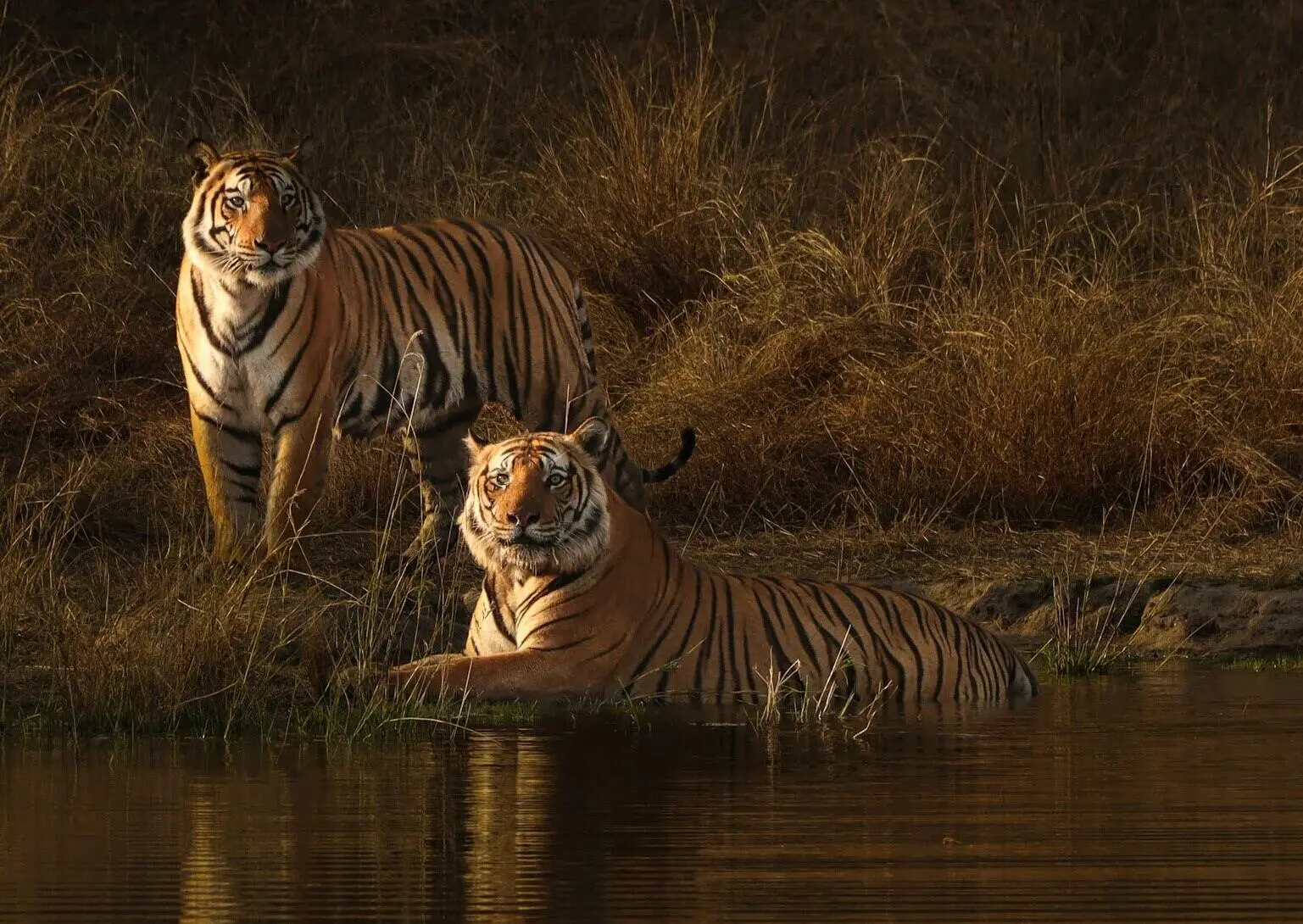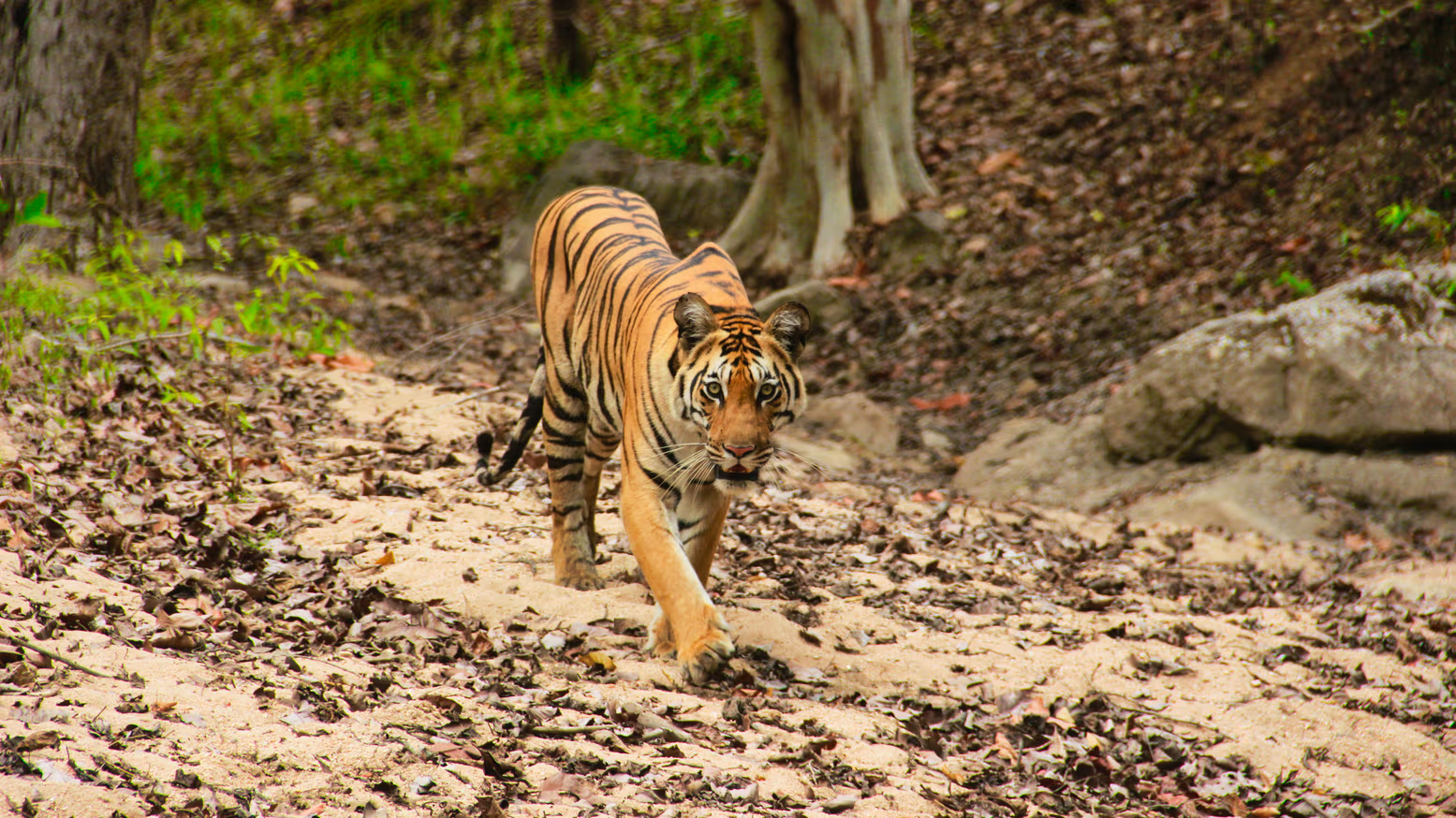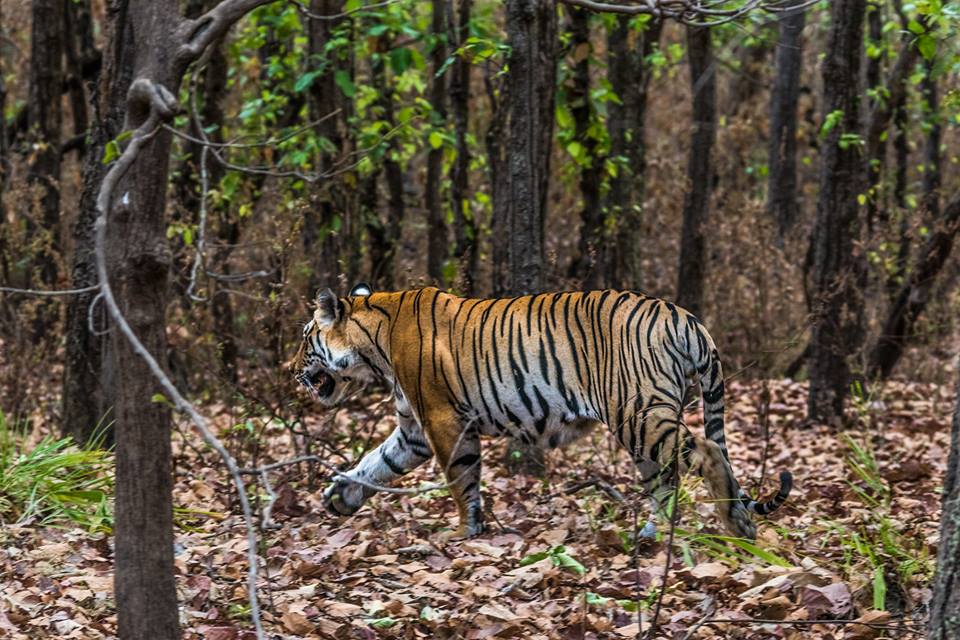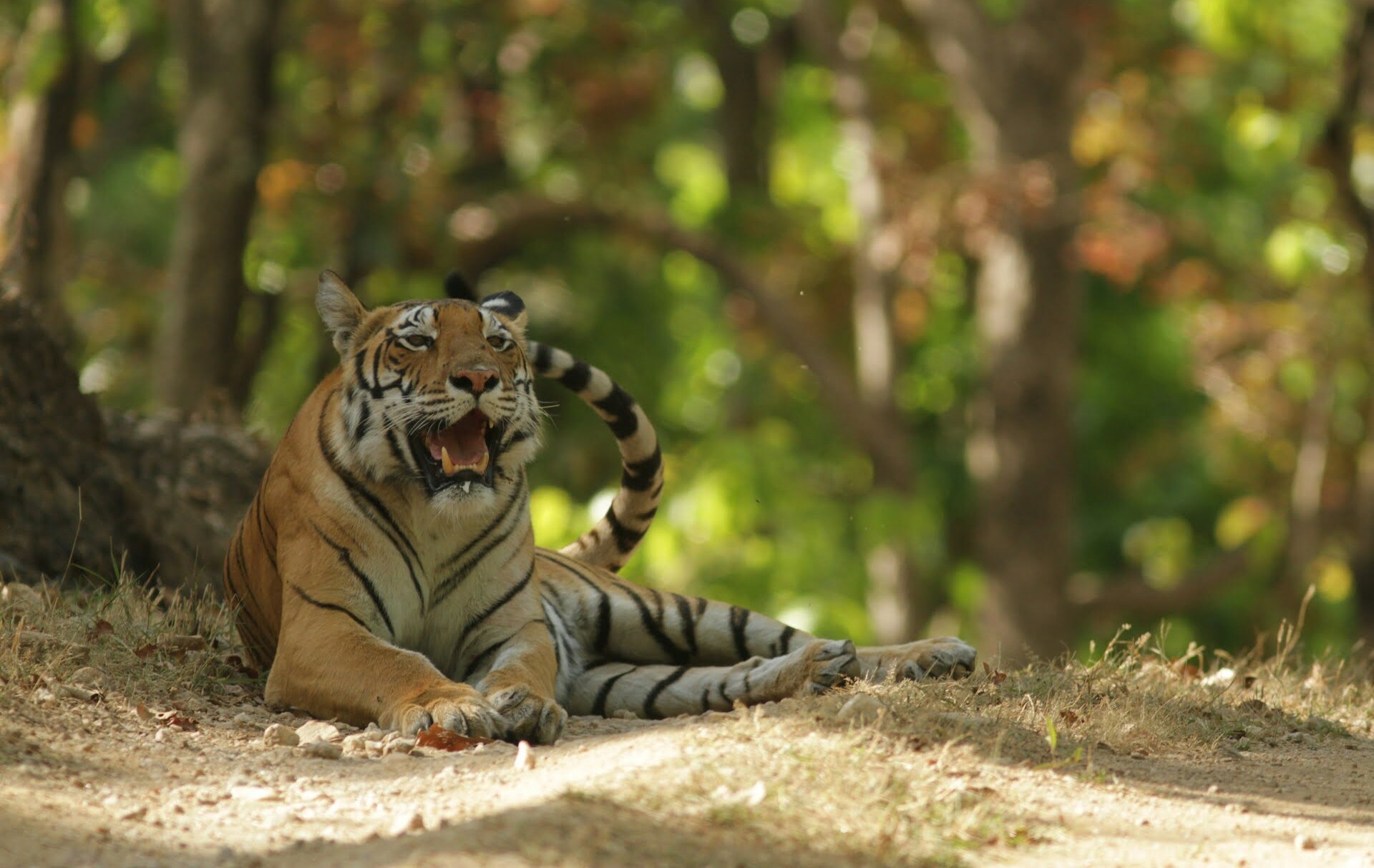Leopards are one of the most adaptable and widely distributed big cats in the world. They are known for their stealth, agility, and powerful hunting abilities. Leopards are found in a variety of habitats, from dense forests to arid deserts, and have adapted to different environmental conditions.
Despite their similarities, leopard subspecies exhibit distinct variations in their physical attributes, behavior, and distribution. Understanding these differences is crucial for effective conservation and management.
In this article, we will compare three prominent leopard subspecies: the Indian leopard, the Amur leopard, and the African leopard. By examining their physical characteristics, demographics, courtship and parenting, and population status, we can gain a deeper appreciation for the diversity and challenges faced by these magnificent creatures.
Physical Attributes
Leopards exhibit variations in size, coat color, and body build depending on their geographic location. Here’s a comparison of the three prominent leopard subspecies:
Size and Weight Comparison
- Indian Leopard: Medium-sized, typically weighing between 30-70 kg (66-154 lbs).
- Amur Leopard: The smallest of the leopard subspecies, weighing around 25-40 kg (55-88 lbs).
- African Leopard: Can vary in size, with some individuals weighing up to 90 kg (198 lbs). African leopards are generally larger than their Asian counterparts.
Coat Color and Patterns Comparison
- Indian Leopard: Distinctive spotted coat with a golden-brown background. Spots are typically round or oval-shaped.
- Amur Leopard: Thicker coat with a lighter color, often with a grayish or brownish hue. Spots are larger and more widely spaced.
- African Leopard: Coat color varies depending on geographic location. Can range from pale yellow to dark brown, with spotted or rosette patterns.
Body Build and Adaptations
- Indian Leopard: Slender build with long legs and a flexible spine, well-suited for climbing trees.
- Amur Leopard: Adaptions for cold weather, including thicker fur and larger paws for traction in snow.
- African Leopard: Varies depending on habitat. Some African leopards have adaptations for climbing trees, while others are more adapted for ground-dwelling.
Popular Tour Packages to spot Indian Leopard
Demographics Comparision
These demographic differences highlight the unique challenges faced by each leopard subspecies and the importance of targeted conservation efforts.
Geographic Distribution
- Indian Leopard: Widespread across India, found in various national parks and forests.
- Amur Leopard: Historically found in the Russian Far East and northeastern China, but now restricted to a small area in Russia.
- African Leopard: Widely distributed across the African continent, with varying population densities in different regions.
Habitat Preferences
- Indian Leopard: Adaptable to various habitats, including forests, grasslands, and mountains.
- Amur Leopard: Primarily found in temperate forests and mixed woodlands.
- African Leopard: Found in a wide range of habitats, from savannas and grasslands to forests and deserts.
Population Trends and Conservation Status
- Indian Leopard: Population is relatively stable but faces threats like habitat loss and poaching.
- Amur Leopard: Critically endangered due to habitat loss and poaching.
- African Leopard: Populations vary across Africa, with some regions experiencing declines due to human-wildlife conflict and habitat loss.
Courtship and Parenting
Leopards are solitary animals, coming together primarily for mating. While their courtship and parenting behaviors are similar across subspecies, there may be slight variations due to geographic differences.
Mating Behavior and Rituals
- Solitary Nature: Leopards typically lead solitary lives, except during mating season.
- Scent Marking: Males often mark their territory with scent glands to attract females.
- Courtship Displays: Males may engage in courtship displays, such as chasing or stalking females.
Gestation Period and Litter Size
- Gestation Period: The gestation period for leopards is typically around three months.
- Litter Size: Litters usually consist of two to four cubs, although larger or smaller litters are possible.
Cub Rearing and Socialization
- Denning: Females often choose secluded dens or caves to raise their cubs.
- Maternal Care: Cubs are completely dependent on their mothers for the first few months of life.
- Socialization: As cubs grow older, they may learn hunting skills and social behaviors from their mothers.
Population and Conservation Status
Despite conservation efforts, leopard populations continue to face challenges in various parts of the world. Protecting these magnificent creatures requires continued commitment and action from governments, conservation organizations, and local communities.
Population Estimates
- Indian Leopard: Population estimates vary, but recent studies suggest a relatively stable population. However, habitat loss and poaching remain significant threats.
- Amur Leopard: The Amur leopard is critically endangered, with a small and fragmented population.
- African Leopard: African leopard populations vary across the continent, with some regions experiencing declines due to human-wildlife conflict and habitat loss.
Conservation Efforts
- Indian Leopard: Conservation efforts include habitat protection, anti-poaching measures, and community-based conservation programs.
- Amur Leopard: Extensive conservation efforts are underway to protect the remaining Amur leopard population, including habitat restoration and anti-poaching measures.
- African Leopard: Conservation initiatives focus on addressing threats such as habitat loss, human-wildlife conflict, and the illegal wildlife trade.
Challenges and Threats
- Habitat Loss: Deforestation, urbanization, and agricultural expansion are major threats to leopard populations.
- Poaching: Illegal hunting for body parts and trade in cubs pose significant risks to leopards.
- Human-Wildlife Conflict: Leopards may come into conflict with humans over prey or territory, leading to retaliatory killings.
Comparative Analysis
By understanding the comparative analysis of these leopard subspecies, we can better appreciate their unique adaptations and the challenges they face. This information is crucial for effective conservation and management efforts.
Key Differences
- Size and Adaptations: Amur leopards are the smallest subspecies, with adaptations for cold weather. African leopards are generally larger, with variations in size and adaptations depending on their habitat. Indian leopards fall somewhere in between, with adaptations for various environments.
- Coloration: Amur leopards have a lighter coat with larger spots, while Indian leopards have a more golden-brown coat with smaller spots. African leopards exhibit a wider range of coat colors and patterns.
- Geographic Distribution: Amur leopards have a restricted range in the Russian Far East, while Indian leopards are widely distributed across India. African leopards have the broadest distribution across the African continent.
Leopard Comparison Chart
| Features | Indian Leopard | Amur Leopard | African Leopard |
| Size and Weight | Medium-sized (30-70 kg) | Smallest subspecies (25-40 kg) | Larger than Indian and Amur leopards |
| Coat Color and Patterns | Golden-brown with round or oval spots | Lighter color with larger, widely spaced spots | Rosette patterns |
| Demographics | Widespread in India | Restricted to Russian Far East | Widely distributed across Africa |
| Gestation Period | Approximately 3 months | Approximately 3 months | Approximately 3 months |
| Number of Cubs per Litter | Typically 2-4 cubs | Typically 2-4 cubs | Typically 2-4 cubs |
| Conservation Status | Relatively stable but facing threats | Critically endangered | Relatively stable but facing threats |
Similarities and Shared Characteristics
Despite their differences, all three leopard subspecies share many similarities. They are solitary animals, excellent hunters, and skilled climbers. They also have similar reproductive strategies, with females giving birth to litters of cubs and providing maternal care.
Impact of Geographic Location
Geographic location plays a significant role in shaping the adaptations and challenges faced by leopard subspecies. Amur leopards have evolved adaptations for cold climates, while African leopards have adapted to a variety of habitats, including savannas, forests, and deserts. Indian leopards have shown adaptability to different environments within the Indian subcontinent.
How to Help Conserve Leopards
Educate others about the importance of leopard conservation: The more people know about leopards and the threats they face, the more likely they are to take action to protect them.
Speak out against illegal wildlife trade: The illegal trade in leopard skins and cubs is a major threat to their survival. We can help by reporting any suspicious activity to the authorities.
Support sustainable tourism: Responsible tourism can help to generate revenue for conservation efforts and protect leopard habitats.
Reduce our carbon footprint: Climate change is a major threat to wildlife, including leopards. We can help by reducing our carbon footprint, which will help to protect their habitats.



